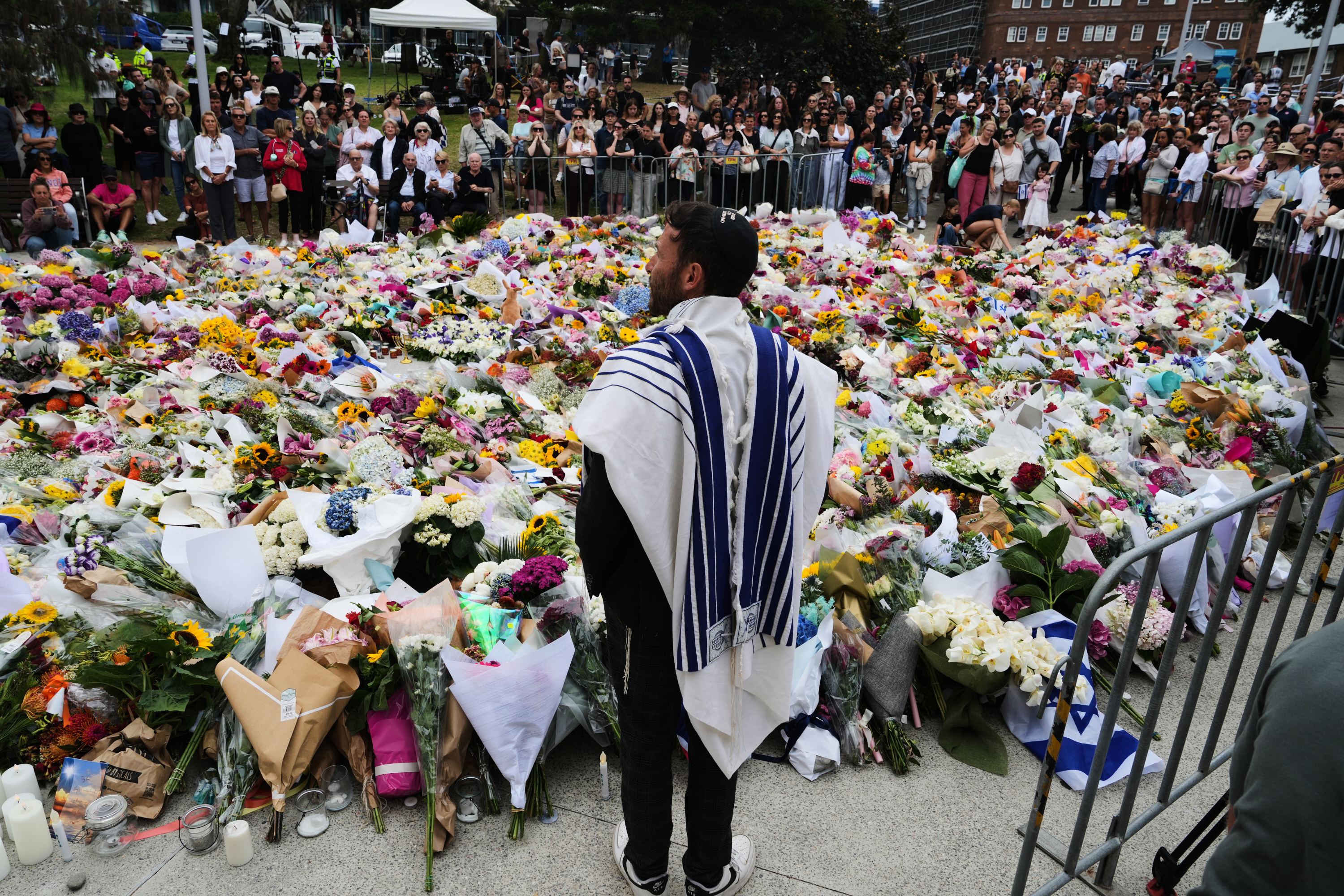Each note Jake Blount plays on the banjo is a step toward helping his audience better understand a piece of Black history he believes has been lost.
Though the banjo is not exclusive to one musical style, today, it is largely associated with country and bluegrass — two genres that have struggled with diversity.
"It typically isn't thought of as a Black instrument anymore," Blount says.
But the banjo is deeply rooted in African American tradition.
"The banjo had its first big site of growth in this country among the enslaved population in the Chesapeake Bay region, who were my ancestors," Blount says.
Blount is a professional touring musician who plays traditional Black Folk Music, playing more than 120 shows last year. While traveling the country, he's using his music to teach people how the banjo became a key part of American culture.
"What we know is that when enslaved people came to the Americas, they had either the physical instruments that they brought from Africa or the knowledge of how to make them," Blount says.

Mississippi musicians are pushing to reclaim state's music history
Many genres of music have roots that tie back to Mississippi. Now, the music industry in the state is trying to reclaim its history.
Scholars point to instruments like the Akonting as examples of what the banjo descended from.
"The banjo emerged as the first Black American cultural thing that was not just inherited by a cultural group in Africa but was created here by Black people collectively," Blount says. "So, it's kind of one of the first things we made here in the Americas."
But Blount and other scholars, including those at the Smithsonian, say it's important people know how the banjo gained widespread popularity. Around the time when slavery came to an end, white performers used the banjo as a centerpiece in racist shows.
"Black-faced minstrels who were touring all across the United States and internationally kind of lampooning Black culture and making fun of us and using the banjo as a tool to do it," Blount says.
Blount also says as instrument makers began to target white consumers, much of the banjo's African American identity faded, which he's trying to correct.
"I think when I play my music, I'm trying to give a little bit a window into what people were thinking or feeling back then," Blount says. "The music that we have passed down from that time is the most complete and, in some ways, the most honest text we have to tell us what our ancestors thought of the world and how they saw things and who they wanted us to be."

Why do we celebrate Black History Month in February?
February holds the birthdays of Abraham Lincoln, who issued the Emancipation Proclamation, and Frederick Douglass, who was an activist for equality.











